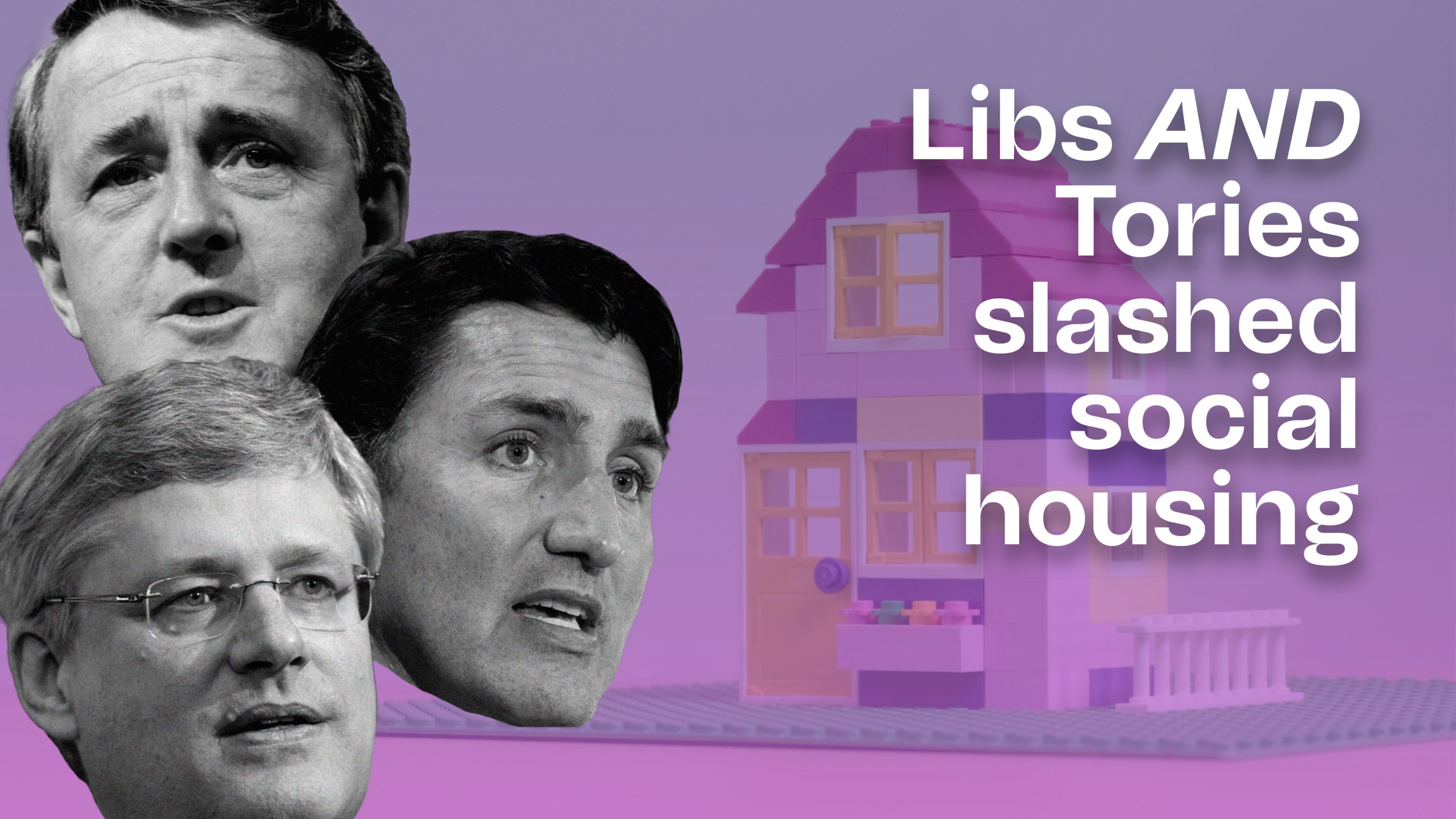- cross-posted to:
- [email protected]
I bang the drum for public housing every time the issue of affordability comes up for a number of reasons. The #1 most livable city in the world is Vienna, Austria. Vienna has been running a fantastically successful public housing system for a century where better than 60% of the city lives in it. This has led to very affordable housing which is basically the only thing differentiating them from anyone on the list, other than perhaps scenery.
We as a society accept that healthcare is an area where the seller/purchaser dichotomy gives far too much power to the seller side of that equation. All the same arguments hold when speaking about housing and we need to adopt widespread public housing because it is both a financial no-brainer and morally the right thing to do.
$300k for a house in downtown Tokyo on average. If they can do it simply by having good zoning laws, anybody can do it with a bit of real work.
Not to mention that Finland is known for having zero homeless thanks to public housing as well. Having a safe place to live is the first step to fixing up your life, as if you’re always worried that your possessions can be taken the moment you look away or go do something, there’s no way you can take the time to find a job.
Of course!
There isn’t much difference between neo-liberalism and conservatism except that one also imposes is moral religious values.
Which one?
Conservatism is hesitance to change. It would only be similar to neoliberalism if neoliberalism were the status quo – being afraid to move away from what already is.
Neoliberalism (a term which uses “liberal” in the global “economic liberal” sense and not in the backwards and confusing way we use the term “liberal” in North America) has been treated as a status quo viewpoint for a long time now in corporate-owned media, which many use to form their opinions. Its vanguards were people like Mulroney, Reagan, and Thatcher, all of whom forever changed their countries’ politics, and all of whom were from conservative parties themselves.
Maybe mainstream conservatism up to the 1970s would have been incompatible with neoliberalism, but not from at least the 1980s onward. (Not saying there aren’t the occasional socially conservative folks who might dislike neoliberal economic policies now, though. Just pointing out it is literally what most if not all conservative parties base their entire economic platform on.)
They need to build these en masse again https://en.wikipedia.org/wiki/Strawberry_box_houses?wprov=sfla1
Having just a simple house like this would make me so happy
The solution to the housing crisis isn’t detached homes. It’s higher density housing, better rent control, disinsentizing house ownership as an investment.
While I agree that SFH aren’t the solution, what @rab is suggesting could be part of the solution. NJB talked about Streetcar Suburbs, which often consist of these types of homes but are illegal to build pretty much everywhere in Canada. Wartime houses (what I’ve always called them, I’ve never heard “Strawberry box houses” before) usually don’t meet minimum lot size, minimum lot coverage, minimum setback, minimum parking, etc. as required in “modern” zoning, plus the roads they’re built on are often too narrow to meet current engineering standards.
If people insist on having a SFH, these types of homes should be possible but our zoning has over-regulated and made it illegal to build anything different.
No, I think such low density housing is actually the cause of the problem, at least around the big cities. Toronto already has some pretty terrible transit times at the average being something like 100 minutes each way due to the distance from one’s home to their work place. Increasing density is the only option, though as a compromise, I think townhouses are extremely good.
Get rid of front yards and just make all the houses long, and you can fit as much as 3 units with the same or greater floor space as one of those houses on a single plot of land. Combine that with tons of mid-rise apartments and independent housing is accessible to even those stuck on minimum wage jobs.
No, I think such low density housing is actually the cause of the problem,
Wartime houses are not low density though, they’re medium density. Many are higher density than modern townhouses due to their efficient use of space (small rooms, tiny yards, limited parking, narrow streets, etc). Now, can those efficiencies be applied to townhouses? Yes! For example, the old rowhouses in Philadelphia or terrace homes in London, and these are an even more efficient use of space than wartime houses.
And once again, I’m not agreeing with @rab that we need to build wartime housing en masse. However, as NJB points out, these kind of homes are very desirable and I think there is a place for some efficient SFHs in the solution to this problem.
The investment part is the problem. Detached homes work in small towns for sure.
I’m probably spoiled but I grew up on an acreage and I’ve lived in an apartment for the last 10 years and I hate it.
Those aren’t only two options. May I present the Missing Middle. While high-density doesn’t make a lot of sense in small towns due to the high per-unit cost to build, medium-density like townhouses, duplexes/triplexes/quads, and lower-rise apartment are actually cheaper per-unit due to shared infrastructure.
Why is the solution to housing always tiny dense condos!
Is this a serious question or are you just angry with the universe?
Make it medium or high-density. We need a much lower percentage of single family homes than we currently have
This. I’m perfectly okay with opening up the greenbelt as long as you make the density high-enough, and by “high-enough” I mean like Paris or Madrid or Manhattan. Pick a spot along the Lakeshore GO line and just build a station and a 10km surface LRT surrounded by a streetwall of eight-storey midrises.
I wouldn’t say I’m “perfectly okay” with it, but I do feel a plan like yours is the “least bad option”. For some of our housing supply, it might just be easier to build high-density on greenfield land rather than upzoning and running into NIMBYs. Paige Saunders has a great video which pretty much agrees with your comment.
The only thing I might change is which GO lines to build along as the Lakeshore lines are already the busiest in the system.
I might still be apartment living in Saskatoon if there had been high density housing that met my needs.
Close enough to the river that going for a walk was more about walking along the river than getting there and back.
A reasonably safe place to keep a canoe or something close to the river.
Enough public toilets with hours of operation to support things like going fishing (or walking or running or canoeing or snowshoeing) at sunrise and sunset or even in the dark for stargazing.
On site or nearby shared shop space so I could maybe build a chair or a chest of drawers or a jewelry box. Or a canoe, even!
As long as the focus is on the lowest common denominator or, worse, basically warehousing people, high density housing will always be an uphill battle.





